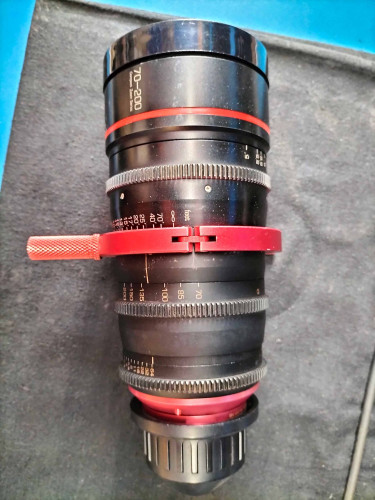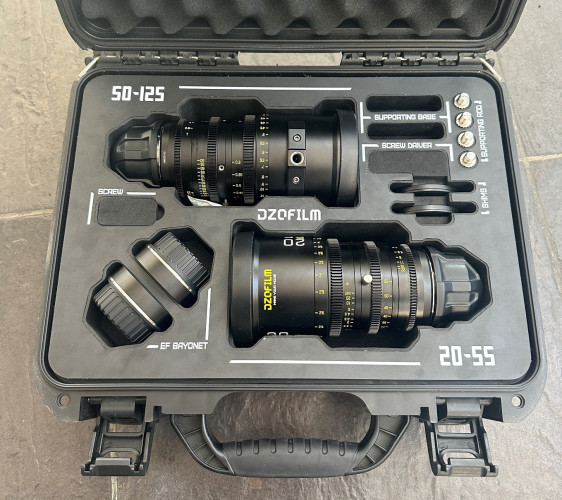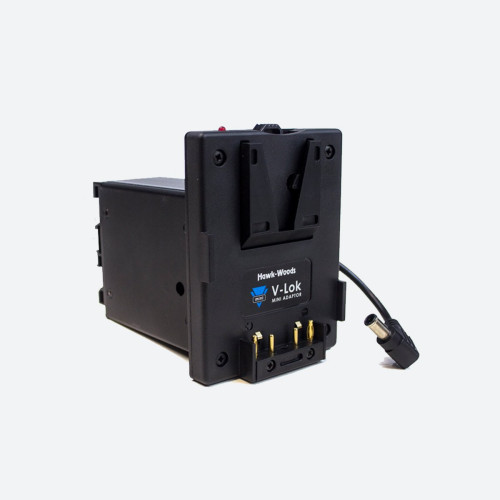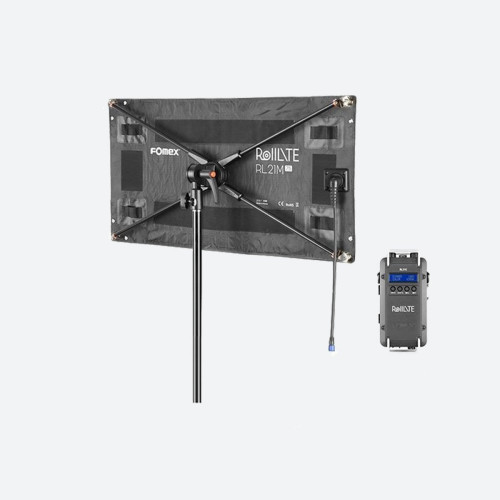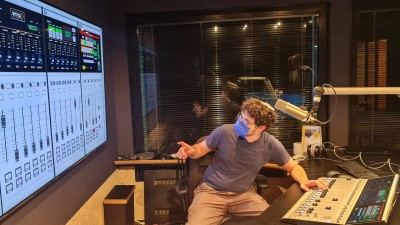So what is Digital Television. Part 2 - Back to Basics

Author: Kieron Seth#
Published 1st August 2011
Component digital video
The designers of early analogue special effects equipment recognized the advantage of keeping the red, green, and blue video channels separate as much as possible during any processing. The PAL and NTSC encoding/decoding process is not transparent and multiple generations of encoding and decoding progressively degrade the signal. The signal in the camera starts out with independent channels of red, green, and blue information, and it is best to handle these signals through the system with as few format generations as possible before encoding them into PAL or NTSC for transmission to the home.
But handling three separate coordinated channels of information through the television plant presents logistic and reliability problems. From a practical standpoint, these three signals should all coexist on one wire, or commonly a single coaxial cable. As it turns out, we can simply matrix these three components, the red, green, and blue video channels, to a more efficient set consisting of luma and two colour-difference signals; digitize each of them, and multiplex the data onto a single coaxial cable. We can handle this data signal much as we do traditional PAL or NTSC composite video. Now we are handling a high-speed stream of numeric data. Although this data signal contains energy changing at a much faster rate than the 5 to 6 MHz energy in a PAL or NTSC video signal, it can be handled losslessly and with less maintenance over reasonable distances. Once the video signal is in the digital domain, we can easily extract its components for individual processing and recombine them again in the digital domain without any further loss or interaction among the channels.
Component and digital techniques contribute significant advantages in video quality control, and the speed of digital devices has made the bandwidth of high-definition video practical. Digital also lends itself to processing with various compression algorithms to reduce the total amount of data needed. It is now possible to convey high-definition video and associated multichannel audio in the bandwidth required for high-quality real-time analogue video.
Moving Forward from Analogue to Digital
The digital data stream can be easily broken down into its separate components, often serving the same function as their analogue counterparts. We will continue with this analogy as we describe and compare the analogue and digital video domains. Once we clearly understand the similarity between analogue and digital video we can move to HDTV, which is often a digital representation of the corresponding high-definition analogue format.
PAL and NTSC video signals are composites of the three camera channels, the primary colour components red, green, and blue, matrixed together to form a luminance channel summed with the modulation products of a suppressed subcarrier containing two channels of colour information. A third system of single-channel composite transmission is the SECAM system, which uses a pair of frequency-modulated subcarriers to convey chroma information. In the studio, there is no specific requirement that the signal be PAL, NTSC or SECAM at any point between the camera RGB pickup devices and the RGB channels of the final display device. While an understanding of PAL, NTSC or SECAM is useful, we need not invest in any new study of composite video.
The RGB component signal
A video camera splits the light of the image into three primary colours – red, green, and blue. Sensors in the camera convert these individual monochrome images into separate electrical signals. Synchronization information is added to the signals to identify the left edge of the picture and the top of the picture. Information to synchronize the display with the camera may be added to the green channel or occasionally added to all three channels, or routed separately.
The simplest hookup, as shown in Figure 1, is direct R, G, and B, out of the camera, into the picture monitor. The multi-wire transmission system is the same for analogue standard or analogue high-definition video. A multi-wire connection might be used in small, permanently configured sub-systems.
This method produces a high-quality image from camera to display, but carrying the signals as three separate channels, involves the engineer to ensure each channel processes the signals with the same overall gain, direct curent (dc) offset, time delay, and frequency response. A gain inequality or dc offset error between the channels will produce subtle changes in the colour of the final display. The system could also suffer from timing errors, which could be produced from different lengths of cable or different methods of routing each signal from camera to display. This would produce timing offset between the channels producing a softening or blurring in the picture – and in severe cases multiple, separated images. A difference in frequency response between channels would cause transient effects as the channels were recombined.
Clearly, there is a need to handle the three channels as one.
Insertion of a PAL or NTSC encoder and decoder (Figure 2) does nothing for simplicity except make the signal easier to handle on one wire within the television plant. System bandwidth is compromised in a friendly way to contain the energy of the three video signals in 5.0 to 5.5 MHz (PAL) or 4.2 MHz (NTSC). The single-wire configuration makes video routing easier, but frequency response and timing must be considered over longer paths. Because both chroma and luma in the PAL or NTSC composite signal share the, 5.0, 5.5 or 4.2 MHz, multiple generations of encoding and decoding must be avoided.
By substituting component digital encoders and decoders, the hookup (Figure 3) is no more complex and is better in performance. Energy in the single coaxial cable is now at a data rate of 270 Mb/s for standard definition signals; 1.485 Gb/s or higher for high-definition signals. Standard definition signals could be converted to analogue NTSC or PAL for transmission within traditional broadcast television channels. High-definition signals must be compressed for on-air transmission within the channel bandwidth of existing PAL or NTSC channels.



